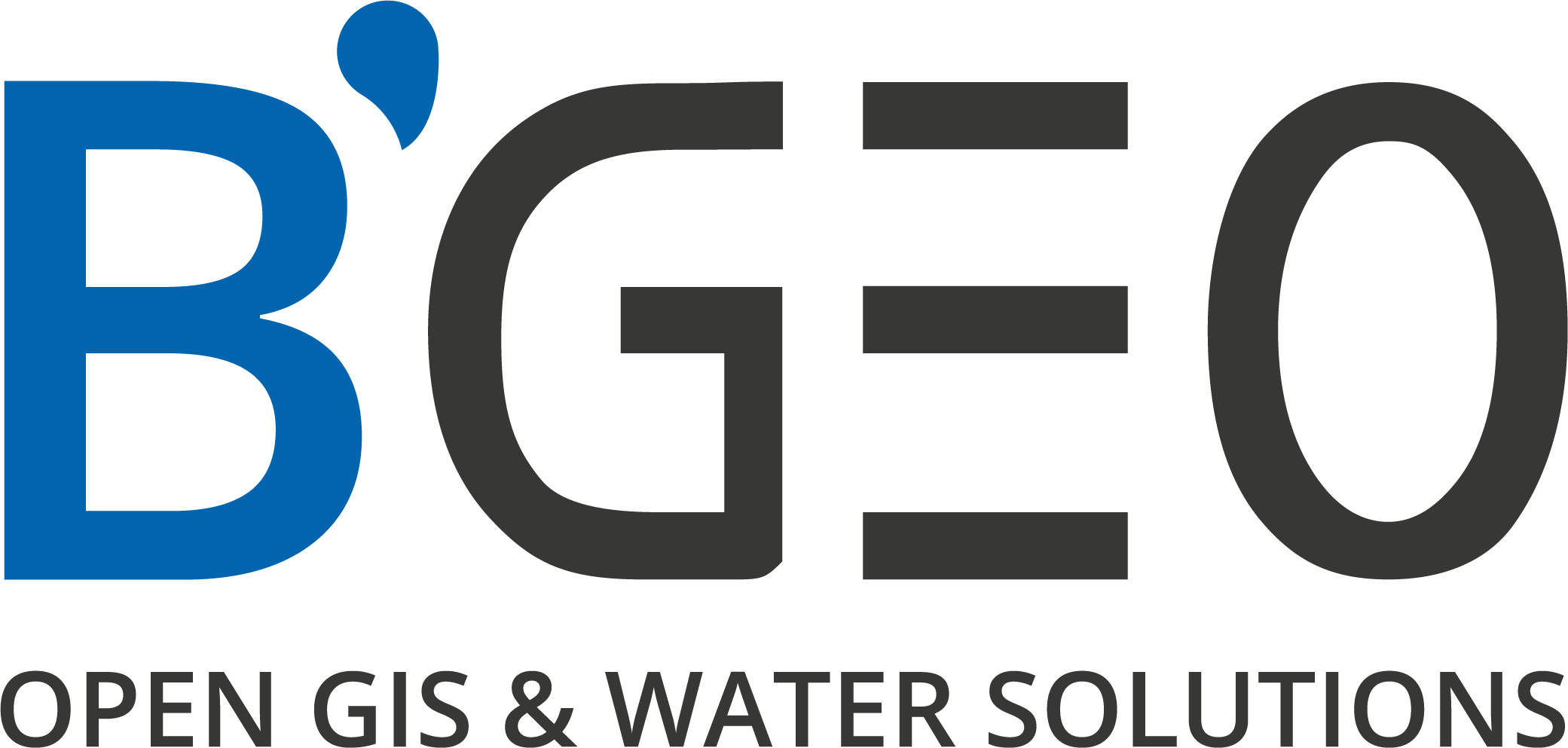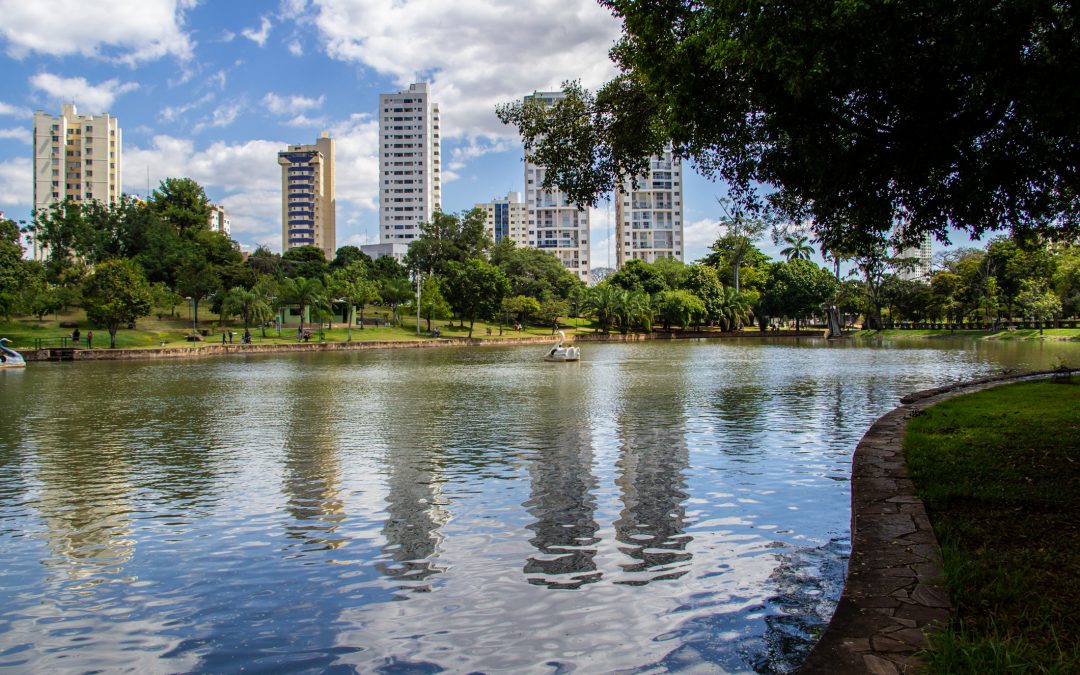Saneamento de Goiás S.A. (Saneago) is one of the largest water and sewerage companies in Brazil, covering more than 90% of the state of Goiás. The company operates in 223 of the 246 municipalities in the state of Goiás, including the capital, Goiânia, providing drinking water to approximately 5.6 million inhabitants, equivalent to approximately 97% of the state’s population. Regarding sewage collection, more than 3.4 million people (almost 60% of the population) rely on Saneago’s wastewater collection service. Thanks to successive investments, approximately 92.9% of this population has access to wastewater treatment, reflecting the company’s commitment to public health and the environment. Saneago manages an extensive infrastructure, with approximately 35,000 km of drinking water networks and 12,300 km of sanitary sewage networks in operation. With a team of approximately 5,800 dedicated employees, the company guarantees the provision of essential sewerage services throughout virtually the entire state, positioning itself as a benchmark in the sector.
Adoption of Giswater as a corporate GIS platform (since 2020)
Since 2020, Saneago has embarked on a digital transformation process in the management of its networks, adopting Giswater as its primary geographic information system (GIS) and corporate hydraulic modeling tool. Giswater is a Spanish-based open-source software (developed by BGEO) that bridges the gap between GIS and hydraulic analysis programs. In Saneago’s case, the Giswater solution integrated QGIS (open-source GIS software) for the georeferenced technical cadaster with EPANET (a hydraulic simulation engine) through a PostgreSQL spatial database. This unified platform – called the “Saneago GIS System” – allows all areas of the company to access a single system to manage network geographic information, run flow and pressure simulations, and analyze the performance of water and sewer systems in an integrated manner.
A key feature of Giswater is that it is a 100% open, license-free solution, offering flexibility and cost savings compared to proprietary platforms. Saneago was a pioneer in Brazil by implementing Giswater at the state level, as at the time only one other company (COSANPA, Pará) had incorporated it in a similar way. Adopting Giswater in 2020 involved migrating Saneago’s old hydraulic mapping and modeling system to a modern, collaborative, and constantly evolving platform. The software allows all network data to be stored in geospatial format, directly linking it to mathematical models. This way, any update to the cadaster (for example, the addition of a new pipe or valve) is reflected in the hydraulic model, and vice versa. This has multiplied operational benefits, as it ensures that technical decisions (expansions, sectorization, maintenance) are made based on unified information updated in real time.
Data Migration and Technical Support with CPS Engenharia
To carry out the implementation and configuration, Saneago relied on the specialized support of CPS Engenharia, a consulting firm based in São Paulo, Brazil, with extensive experience in GIS for sewerage. CPS was responsible for migrating existing data from the water cadaster of the capital, Goiânia, to the new Giswater model. Migrations were carried out in the remaining municipalities by Saneago’s own technical team, utilizing the knowledge acquired during the training process. Currently, CPS Engenharia continues to provide support and assistance to Saneago in the use of Giswater.
A concrete example of this collaborative work was the modeling of the Goiânia system, Saneago’s largest operational system. CPS led the structuring of the technical cadastre of Goiânia’s water network within Giswater, converting and georeferencing existing data, as well as building and calibrating a hydraulic mathematical model of the entire distribution network. This work involved adjusting model parameters (diameters, roughness, consumption, valves, etc.) to faithfully replicate the system’s actual behavior, a task in which CPS’s experience was essential. Thanks to this support, Saneago was able to consistently implement Giswater in its 223 municipalities, creating a corporate geographic database that centralizes information previously dispersed across multiple systems.
Technical Training with CPS, BGEO, and the University of the Algarve
The adoption of Giswater was accompanied by an intensive technical training program for Saneago staff, aimed at developing the skills necessary to take advantage of the new tool. First, CPS Engenharia provided specialized training for Saneago’s geoprocessing and engineering teams, covering everything from basic QGIS/Giswater operation to advanced hydraulic modeling and calibration procedures. This in-company training allowed technicians to quickly assimilate the technical cadaster methodology (network surveying and registration) and its connection to hydraulic simulation, ensuring Saneago’s autonomy in updating its data.
Additionally, Saneago collaborated with BGEO and the University of Algarve to develop its Giswater team. BGEO, as the main software developer, organized advanced sessions (including webinars and consultations) where it shared Giswater best practices and developments, providing an international perspective and experience gained from other projects. Meanwhile, the University of Algarve (in Faro, Portugal), in conjunction with BGEO, conducted Giswater training courses with basic and specialized modules during the first half of 2021. Saneago professionals had the opportunity to participate in these virtual courses, strengthening their knowledge of network administration using Giswater. This international academic initiative broadened the technicians’ understanding of the use of open source tools in sewerage and allowed them to exchange experiences with participants from different regions. Thanks to a combination of local (CPS) and external (BGEO/University of the Algarve) training, Saneago staff developed solid skills to operate and exploit the Giswater platform in their daily activities.
Corporate Hydraulic Models: Success in Goiânia and Other Cities
A notable achievement of Giswater’s implementation at Saneago is the successful development of hydraulic mathematical models for numerous cities and systems operated by the company. Before 2020, the company faced the challenge of keeping its network models up-to-date due to data dispersion; however, with Giswater, it has been able to integrate and unify this information, facilitating the creation of reliable models. Calibrated hydraulic models have been built in several of its water supply systems that accurately reproduce network behavior, serving as diagnostic and planning tools. This has made it possible, for example, to identify bottlenecks, optimize pressures, project future needs, and evaluate scientifically based loss reduction strategies.
The emblematic case is that of Goiânia, a capital city with more than 1.5 million inhabitants. There, Saneago was able to develop a complete digital model of its water distribution network, covering hundreds of interconnected neighborhoods and hydraulic sectors. With the support of CPS Engenharia, this mathematical model was meticulously calibrated, comparing it with field measurements (actual flow rates and pressures) to ensure its accuracy. The result is detailed knowledge of Goiânia’s network: the company can now computer simulate the effect of operational maneuvers (such as valve closures or pump changes), anticipate behaviors under different demand scenarios, and plan expansions or interconnections with less uncertainty. Saneago executives have emphasized that having this “systemic view” of their networks streamlines decision-making and maximizes the use of water resources by allowing them to foresee and mitigate problems before they occur. After Goiânia, Saneago has replicated its modeling experience in other major cities in Goiás, creating a bank of corporate models that feeds into its strategic planning. These mathematical tools strengthen operational management and contribute to increasing the efficiency and quality of the service offered to the population.
QWC2 Web Viewer: Real-Time Geographic Management
In 2024, Saneago took a further step toward the digital transformation of its operations by acquiring and implementing a QGIS-based geographic web viewer. This is the QGIS Web Client 2 (QWC2) platform, a state-of-the-art cartographic viewer that allows GIS projects to be published interactively on the web. The incorporation of this web viewer was enhanced by its integration with Giswater through a specific plugin developed by BGEO, making QWC2 an operational tool directly linked to Saneago’s corporate system. In practice, this innovation enables technicians and managers to access water and sewer network maps from any web browser, without needing to open QGIS on their computers, allowing them to view information in real time and run basic geoprocessing on the fly.
The Giswater plugin for QWC2, released by BGEO, enhanced the web viewer with new features geared toward network management. For example, improvements were implemented to the usability of the search engine and filters, allowing infrastructure elements (e.g., a pipe, a hydrant, or a sewer section) to be quickly located by applying spatial criteria or custom attributes. More notably, the viewer now offers the ability to manage corporate hydraulic models directly from the web interface. This means that an engineer can, from the browser, activate or deactivate sectors, graphically verify simulation results, or query model properties, all without resorting to desktop QGIS. Together, these features make QWC2 a very powerful operational viewer: Saneago field teams can access updated maps on their tablets or laptops, view system information (connections, valves, pipe routes), and make informed decisions instantly. Web integration reduces incident response times and improves collaboration, as multiple users can simultaneously view the network and its associated data. This development positions Saneago at the forefront of the use of web GIS technology for water cycle management, bringing greater agility and transparency to its operations.
Comprehensive water and sewer coverage on the Giswater platform
Another recent milestone for Saneago has been the incorporation of the entire sanitary sewer network of the municipalities it operates into the corporate Giswater platform. Initially, the Giswater project focused on mapping and modeling water supply networks; however, in later phases, the company extended the same rigorous technical record-keeping to sewerage networks (wastewater collection and treatment). Today, Saneago has all its sewerage infrastructure mapped in the GIS system: sewage pipes, outfalls, effluent pumping stations, and treatment plants are georeferenced and documented, just as was done with the drinking water networks. This full incorporation means that all 223 municipalities served by the company are fully covered in the unified geographic database, encompassing both subsystems (water and sewerage) in an integrated manner.
The benefits of this comprehensive coverage are significant. First, integrated planning is strengthened, as Saneago engineers can jointly analyze water and sewerage expansion needs, prioritizing investments where bottlenecks exist in one service or the other. Furthermore, from an operational perspective, the simultaneous visualization of the water and sewerage networks helps better coordinate construction projects (for example, avoiding intervening twice in a street for different installations) and manage emergencies with a broader perspective. The unification of sewerage data in Giswater also contributes to transparency and information control: there is now a single technical inventory, with updated data, which serves as a reference for operational areas as well as for planning, engineering, and even for communication with regulatory bodies. By completing this integration process, Saneago achieves a 360° view of the entire water cycle in its area of operation, positioning itself at the forefront of undertaking optimization, loss reduction, energy efficiency, and continuous improvement projects based on reliable data. In short, the commitment to Giswater since 2020 and its evolution to include the QWC2 web viewer and all sewerage networks has allowed Saneago to take a technological and institutional leap, consolidating itself as a model of innovation in the Brazilian water and sewerage sector.

